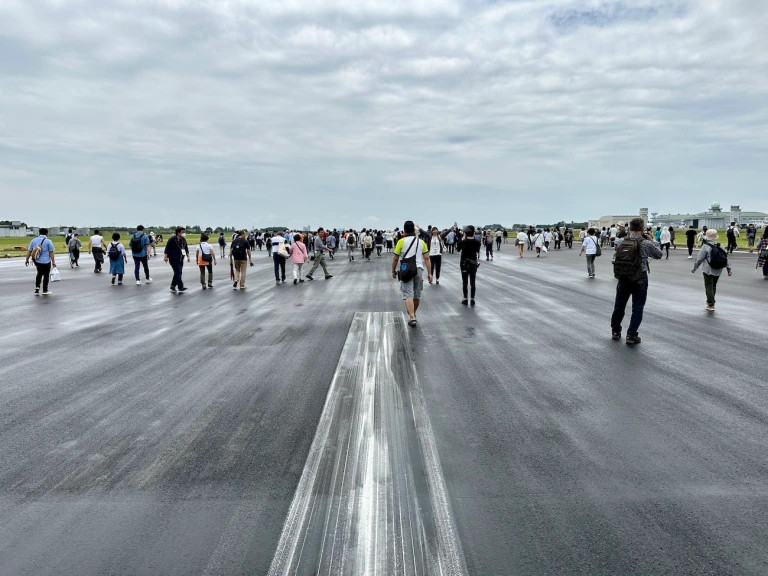
It was an event full of once-in-a-lifetime experiences!
On June 3, 2023, Iruma Air Base, a Japan Air Self-Defense Force base northwest of Tokyo, opened up a portion of its runway for its Iruma Air Base Runway Walk event. This is a highly popular event that all Japanese Air Self-Defense Force bases hold, offering the rare opportunity to walk on a military runway and check out Japanese military facilities.
This year’s event required pre-registration, and admission was determined by a lottery system. Apparently, 11 times more people applied than could be admitted, meaning the 1,000 people who scored tickets (and the 500 people who received personal invitations) were extremely lucky. Our Japanese-language reporter Masanuki Sunakoma was privileged to be one of them. He chronicled the event in great detail for those who weren’t able to attend.
Masanuki arrived on the day of the event at nine o’clock, which was precisely when it was scheduled to begin. It had been sprinkling rain all morning, but umbrellas are not allowed on the air base, so many of the guests wore raincoats. Masanuki sorely hoped that the rain would stop by the time the runway walk began at 11.
Until then, guests were free to view the various aircraft and vehicles on display, which were all regularly in use at Iruma. Some of the aircraft, like C-2s and CH-47Js, were even open for touring, and lines were quickly forming. Masanuki had plenty of time, so he decided to hop in the one for the C-2, nicknamed the Blue Whale.
The C-2 is a transport aircraft proudly made in Japan and famous across the world. It is operated by two to five people, but the cargo area can seat as many as 110.
When Masanuki went inside, he saw a row of blue fold-up seats lining one wall of the aircraft. The ceiling was ridiculously high, with enough room to fit vehicles, storage containers, and even a helicopter.
On the electric noticeboard, which is normally used to relay instructions to the passengers, “Welcome to Iruma Air Base” scrolled by.
But the coolest part was that you were allowed to check out the cockpit!
That might have been an even rarer experience than getting to walk down the runway.
According to representatives, the transparent Head-up Displays in front of the pilots’ seats display important information like altitude and speed and are placed strategically so that the pilots can still view the stats while looking out on the airspace. That was super cool.
Next, Masanuki checked out the CH-47J, also known as the Chinook. This aircraft is used all across the world and was vital in the rescue efforts of the Great East Japan Earthquake and Tsunami.
The inside of this craft had red fold-up seats lining its walls.
In the cockpit, the right seat was for the Captain, and the left the First Officer. Since the Chinook can land almost anywhere, the cockpit had lower windows for visual confirmation during hovering and landing.
Apparently, the CH-47J has no toilets or air conditioning. Masanuki found it hard to imagine having to bear extreme temperatures and needing to pee for up to four hours, which is the longest the Chinook is usually in flight.
Some lucky people were also able to ride in a C-1 Transport Aircraft as it taxied along the runway. They won the opportunity in a lottery, but sadly Masanuki wasn’t one of them. Still, he could watch it cruising along. The intensity of the engine noise was no joke.
With all there was to do, eleven o’clock came quickly.
The rain had finally abated, just in time, and the Runway Walk started off without a hitch to the sound of a pistol signal.
The path was four kilometers (2.5 miles) long and included the two-kilometer (1.2-mile) long runway. Masanuki, gazing down at the tracks left by aircraft tires on landing, followed the great migration of people.
The runway was far longer than Masanuki expected. The walk felt almost endless. The crowd that had chattered excitedly at the start of the walk gradually subsided into silence by the time they reached the turnaround point.
No matter how far Masanuki seemed to go, the scenery never changed, and the runway seemed to stretch ever onwards, yet he plodded slowly on. He was glad that the rain had stopped–though a great downpour would have been pretty memorable too.
These thoughts flitted through his mind as he progressed step by step.
Along the runway, men and women in service uniforms held up signs showing how much longer the walkers had to go, which made Masanuki think he wasn’t the only one glad that the rain had stopped. They also offered warm words of encouragement like, “You’re doing great!” “Keep it up!” and “Halfway there!”
Finally, Masanuki reached the goal. There wasn’t anything to mark the end of the path, but it felt good to make it nonetheless. It had been an interesting 45-minute experience, and despite the endless feel, Masanuki would recommend it to anyone interested. If you didn’t win the lottery this time, definitely give it a shot next time.
▼ The goal line area
Within the grounds of the event they also held a performance from Iruma Nobutake Taiko, as well as demonstrations of police dog drills, so there was plenty to do even after reaching the goal.
Of course, Masanuki also made sure to try Iruma Air Base’s special Sayama Tea Sora-age, a type of fried chicken karaage that won a silver medal in the Air Self-Defense Force Cooking Competition. Seasoned with matcha salt for an extra dose of umami, it was tender, juicy, and extra delicious after the long walk. The recipe is also available online, so you can try to make it yourself if you’re feeling adventurous!
Masanuki had a great time checking out the base and its facilities, so he’d highly recommend it if you have the chance to check it out for yourself. Iruma Air Base’s official site keeps up to date with all the events, including an aviation festival in the fall, so there are lots of opportunities to experience the base and all it has to offer. Masanuki definitely plans to check out other events, so you might see him there!
And if you happen to visit Iruma City with an empty stomach, you may also be inclined to check out Koto, a restaurant loved by locals for its huge portions.
Photos © SoraNews24
● Want to hear about SoraNews24’s latest articles as soon as they’re published? Follow us on Facebook and Twitter!
[ Read in Japanese ]

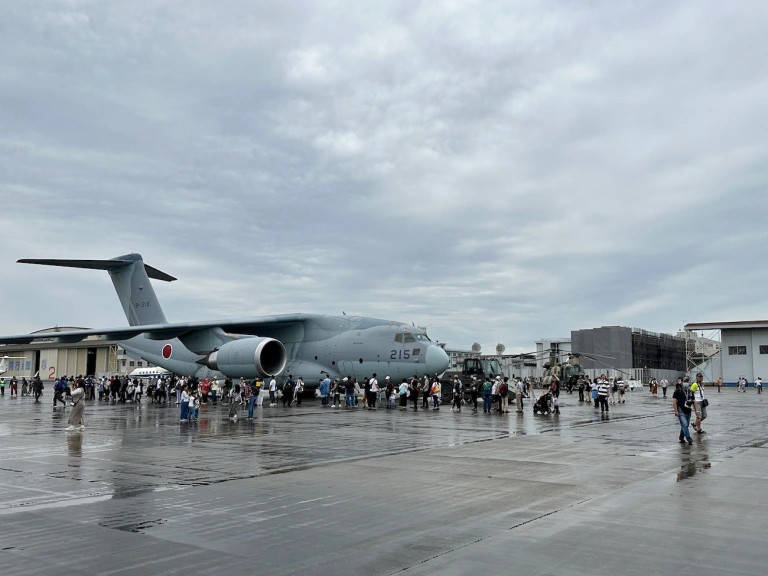
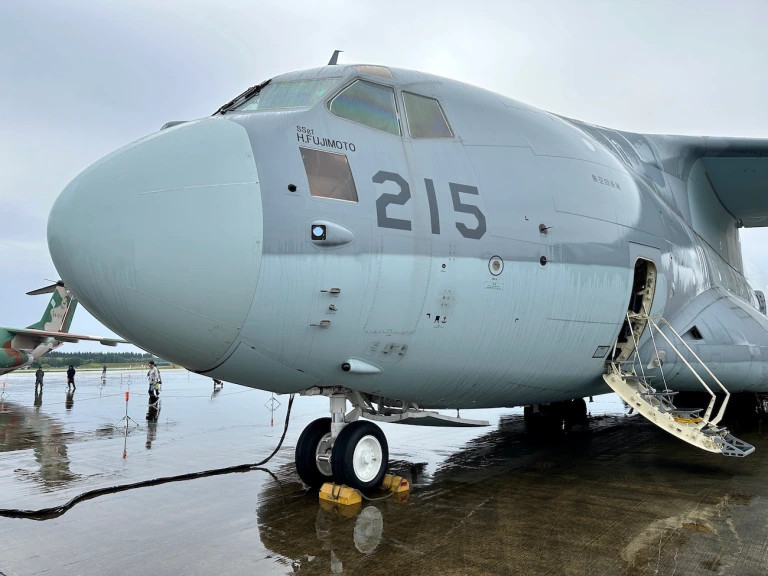
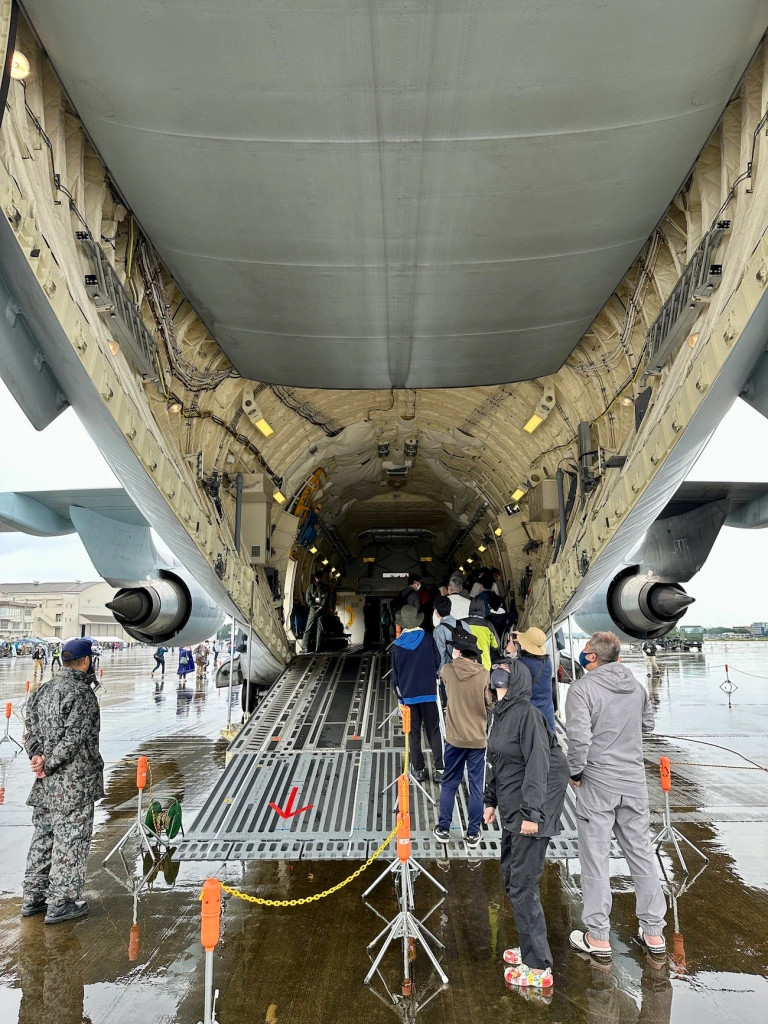
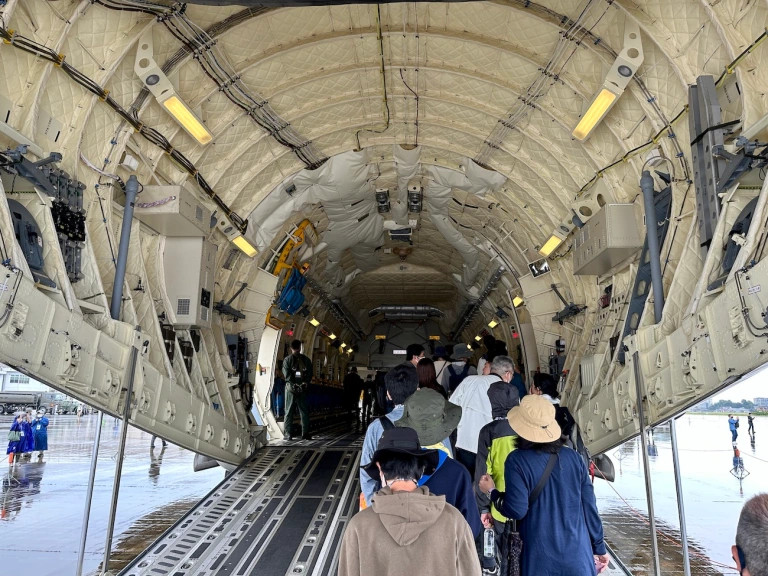
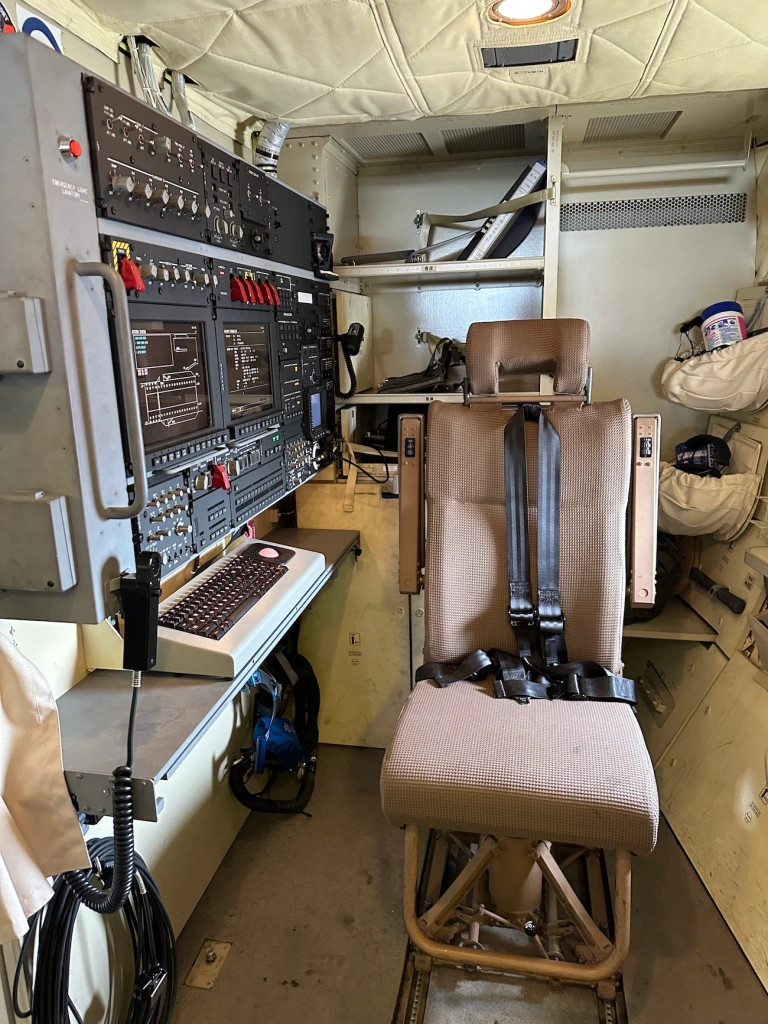
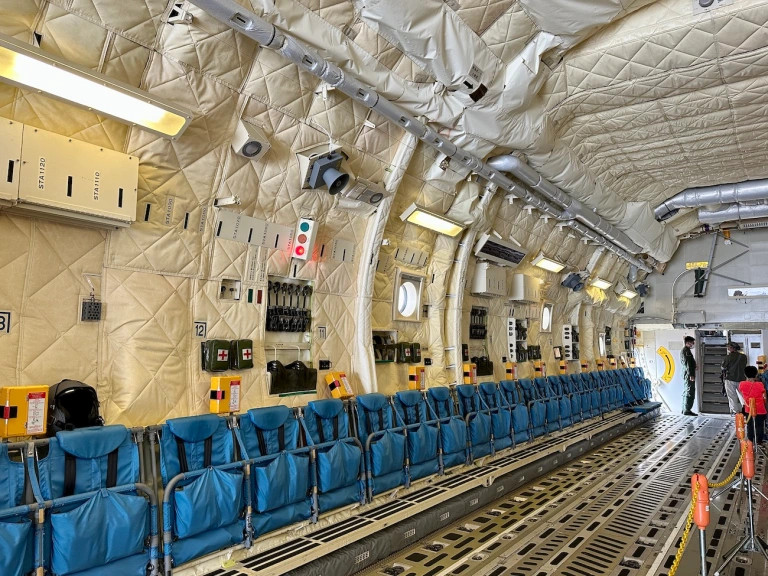
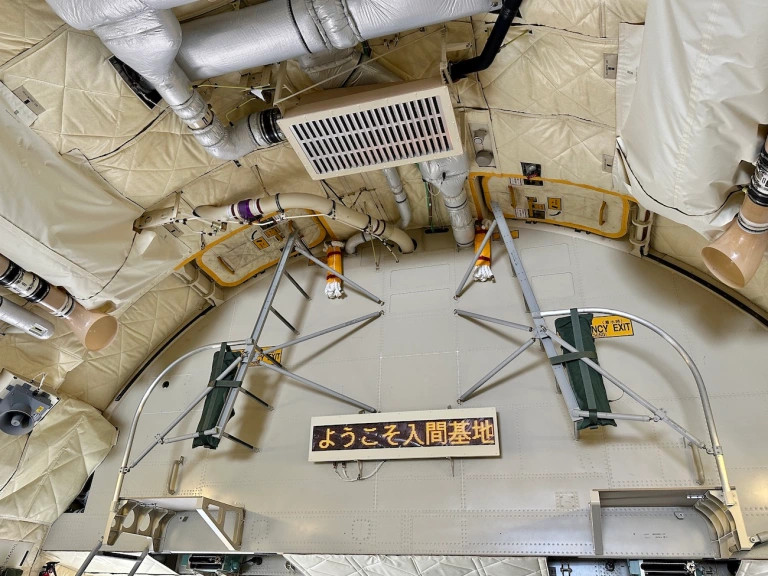
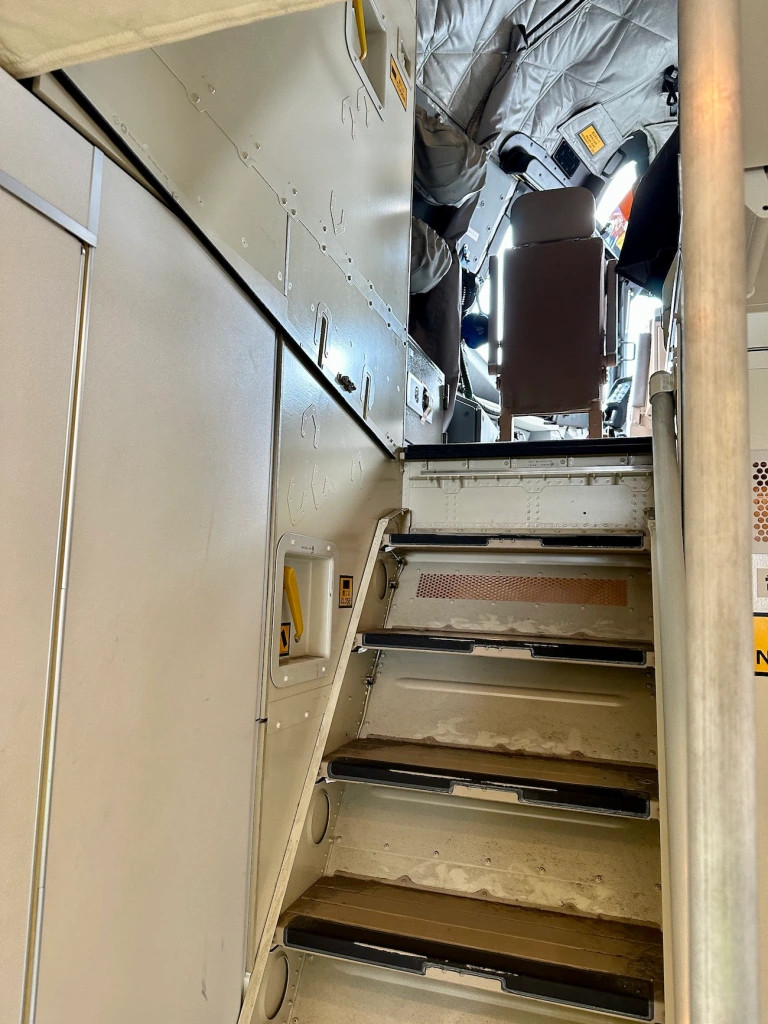
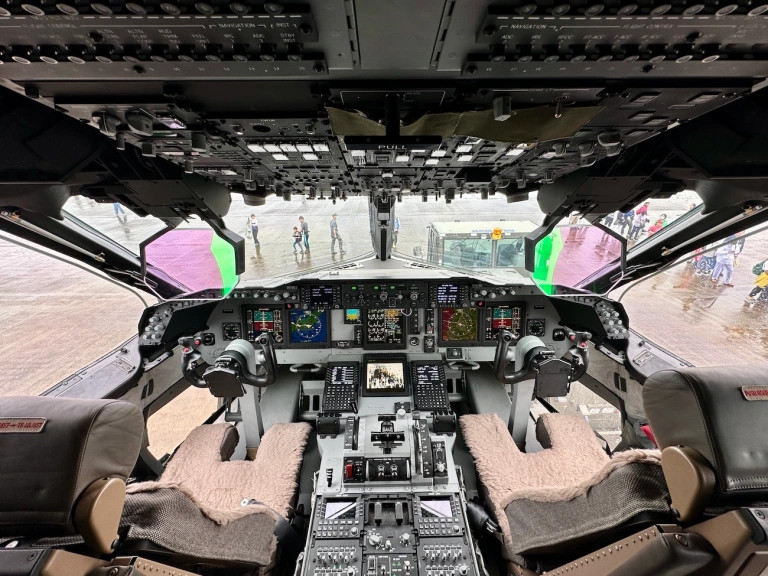
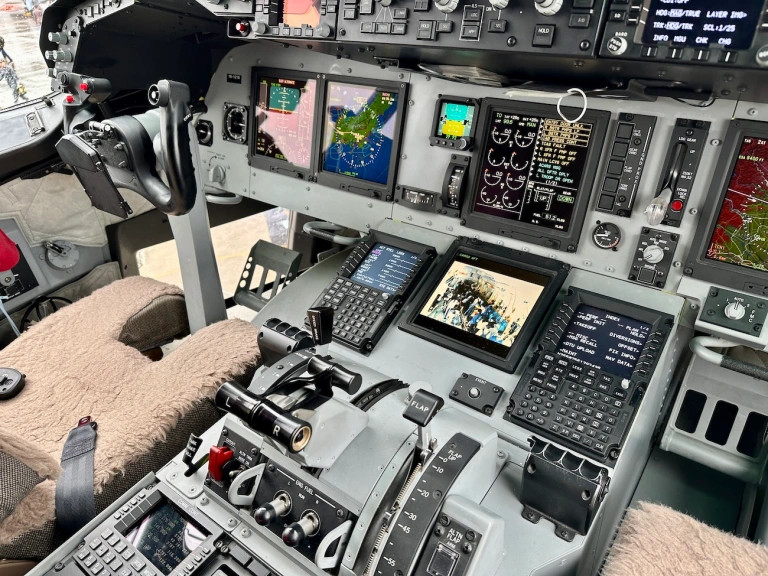
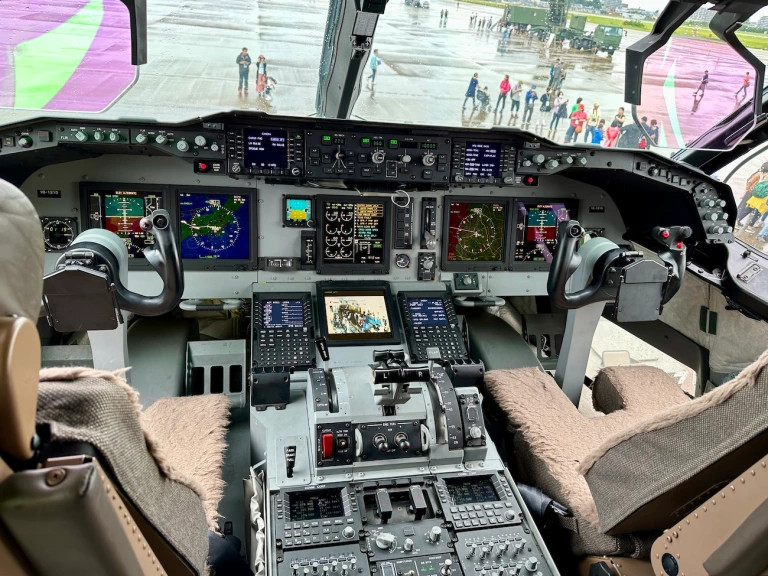
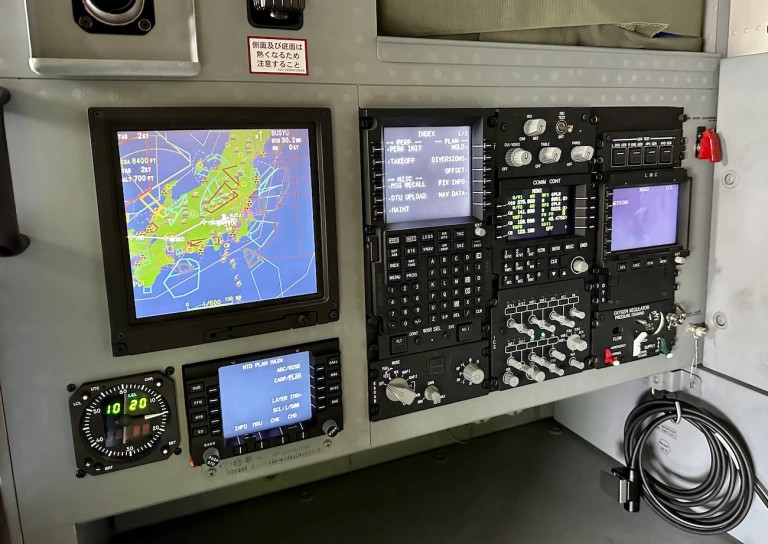
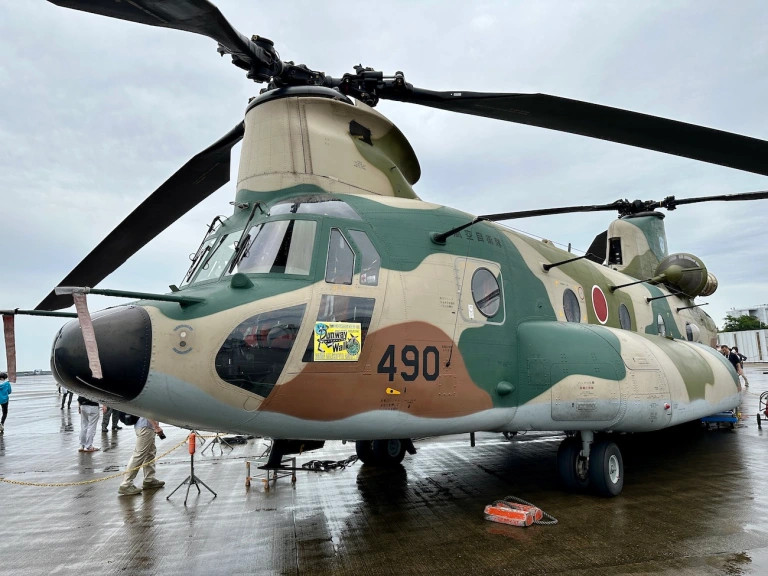
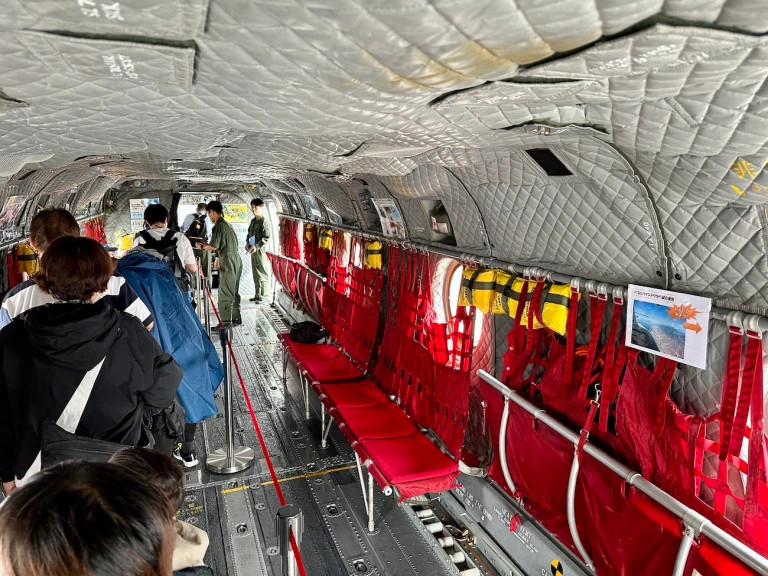
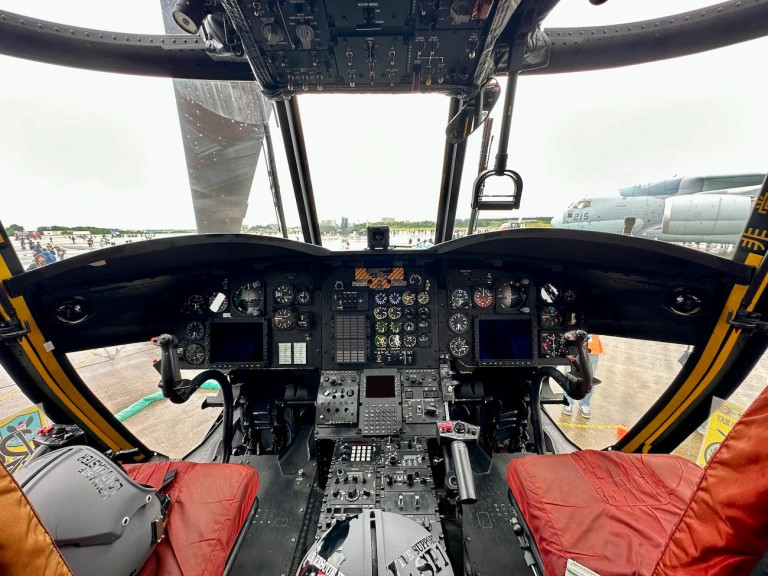
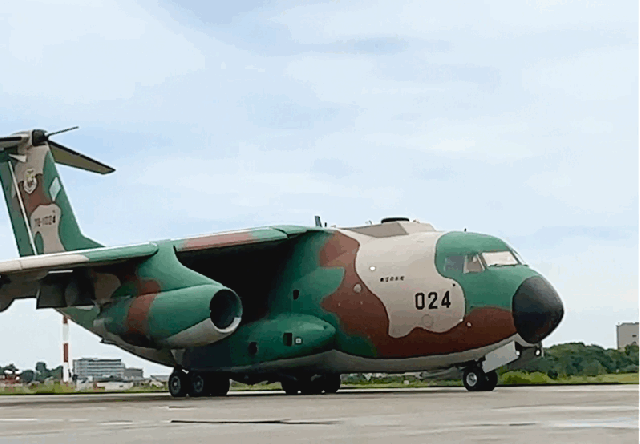
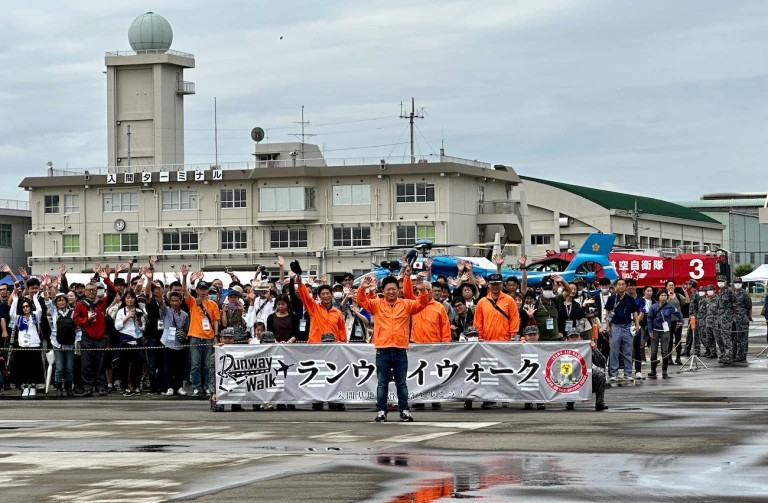
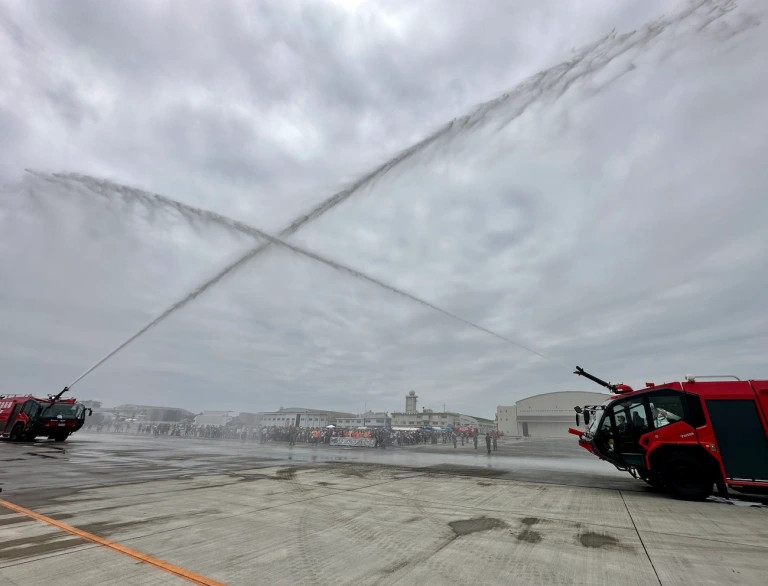
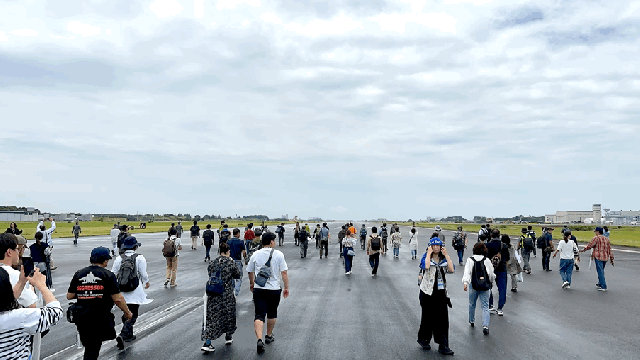
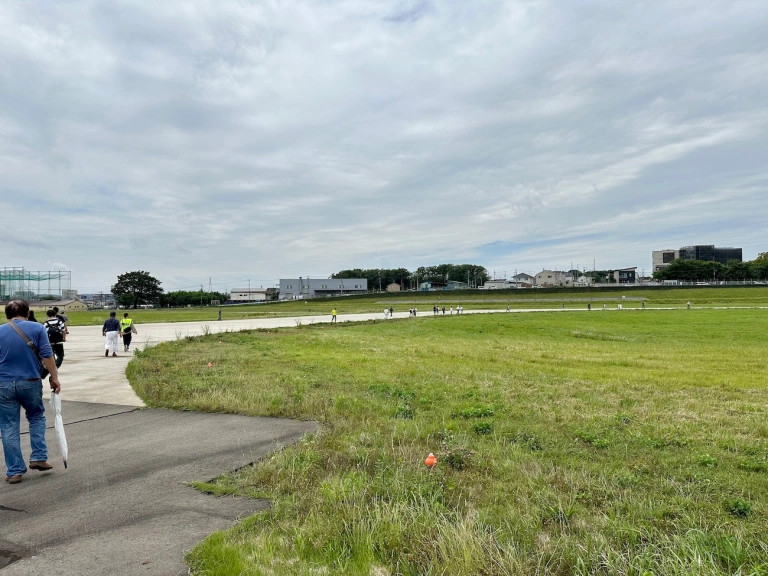
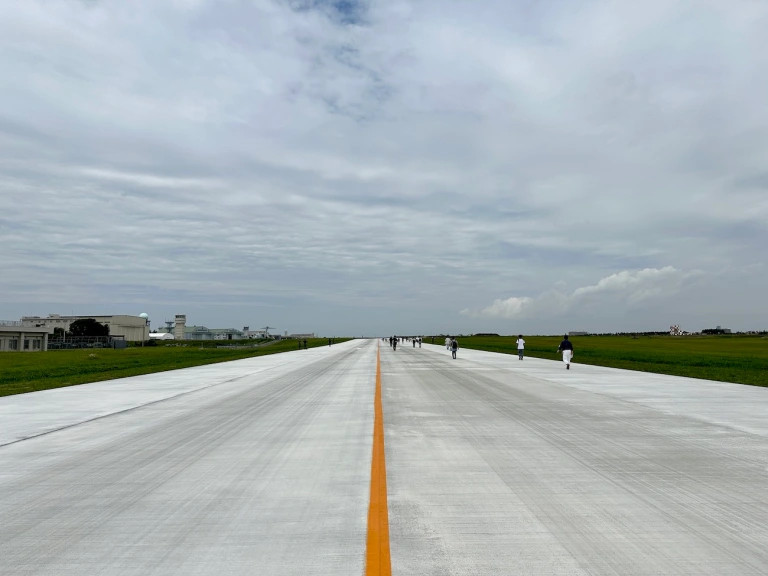
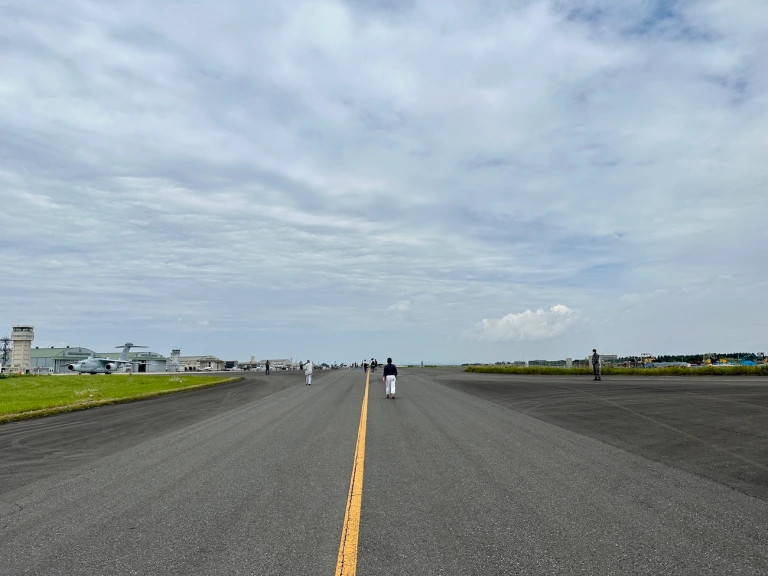
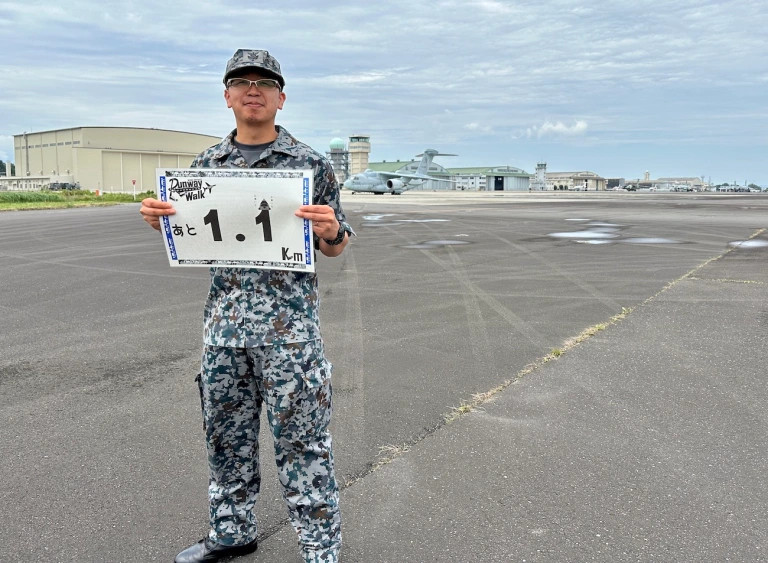
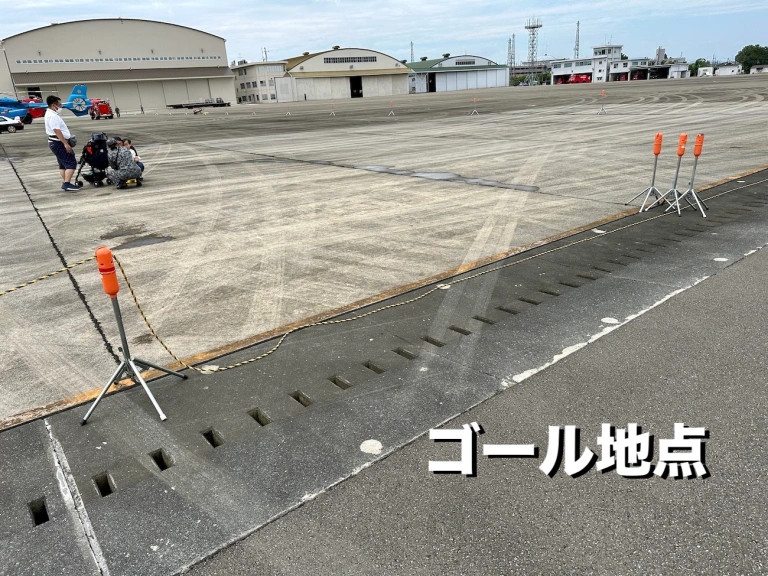
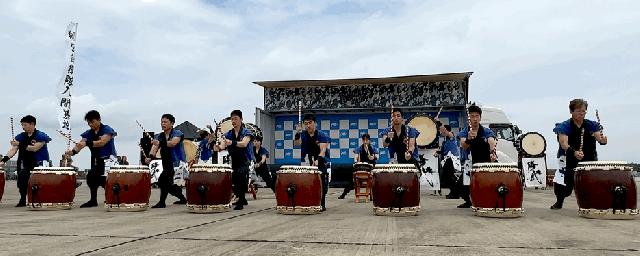
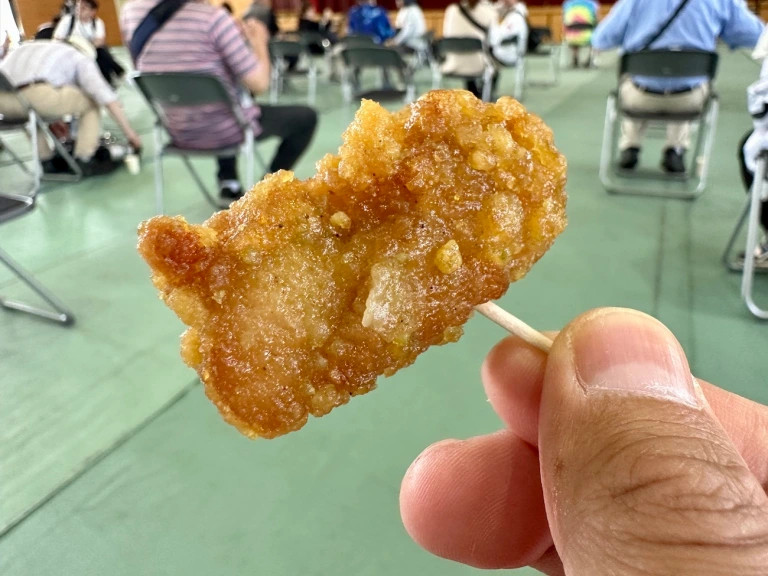
 Drive your car on an airport runway at this secret spot in Japan
Drive your car on an airport runway at this secret spot in Japan We enjoyed Saitama’s finest hot springs, saunas, and views for less than 3,000 yen
We enjoyed Saitama’s finest hot springs, saunas, and views for less than 3,000 yen Remote airport in Shimane serves up the best honey in all Japan: Airport Honey!
Remote airport in Shimane serves up the best honey in all Japan: Airport Honey! Japanese sweets box from Amazon Japan is a treasure trove of dagashi nostalgia
Japanese sweets box from Amazon Japan is a treasure trove of dagashi nostalgia The strongest peeing boy statue in Japan is a hidden gem of sightseeing in Saitama
The strongest peeing boy statue in Japan is a hidden gem of sightseeing in Saitama Foreigner’s request for help in Tokyo makes us sad for the state of society
Foreigner’s request for help in Tokyo makes us sad for the state of society Mikado Coffee is a 76-year-old coffee chain with a major celebrity connection
Mikado Coffee is a 76-year-old coffee chain with a major celebrity connection Seaside scenery, history, and so many desserts on Yokohama’s Akai Kutsu【Japan Loop Buses】
Seaside scenery, history, and so many desserts on Yokohama’s Akai Kutsu【Japan Loop Buses】 Red light district sushi restaurant in Tokyo shows us just how wrong we were about it
Red light district sushi restaurant in Tokyo shows us just how wrong we were about it Japan’s massive matcha parfait weighs 6 kilos, contains hidden surprises for anyone who eats it
Japan’s massive matcha parfait weighs 6 kilos, contains hidden surprises for anyone who eats it Japanese city loses residents’ personal data, which was on paper being transported on a windy day
Japanese city loses residents’ personal data, which was on paper being transported on a windy day Harajuku Station’s beautiful old wooden building is set to return, with a new complex around it
Harajuku Station’s beautiful old wooden building is set to return, with a new complex around it Do Hi-Chew-flavor Hi-Chews have a reason to exist?【Taste test】
Do Hi-Chew-flavor Hi-Chews have a reason to exist?【Taste test】 Suntory x Super Mario collaboration creates a clever way to transform into Mario【Videos】
Suntory x Super Mario collaboration creates a clever way to transform into Mario【Videos】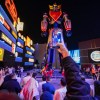 There’s a new world’s largest anime robot statue, and it’s not in Japan【Photos】
There’s a new world’s largest anime robot statue, and it’s not in Japan【Photos】 McDonald’s new Happy Meals offer up cute and practical Sanrio lifestyle goods
McDonald’s new Happy Meals offer up cute and practical Sanrio lifestyle goods Japanese ramen restaurants under pressure from new yen banknotes
Japanese ramen restaurants under pressure from new yen banknotes French Fries Bread in Tokyo’s Shibuya becomes a hit on social media
French Fries Bread in Tokyo’s Shibuya becomes a hit on social media New private rooms on Tokaido Shinkansen change the way we travel from Tokyo to Kyoto
New private rooms on Tokaido Shinkansen change the way we travel from Tokyo to Kyoto Tokyo Tsukiji fish market site to be redeveloped with 50,000-seat stadium, hotel, shopping center
Tokyo Tsukiji fish market site to be redeveloped with 50,000-seat stadium, hotel, shopping center Beautiful Ghibli sealing wax kits let you create accessories and elegant letter decorations【Pics】
Beautiful Ghibli sealing wax kits let you create accessories and elegant letter decorations【Pics】 Secret Kitchen bento serves Japanese flowers, birds, wind and moon in a box, but is it worth it?
Secret Kitchen bento serves Japanese flowers, birds, wind and moon in a box, but is it worth it? New definition of “Japanese whiskey” goes into effect to prevent fakes from fooling overseas buyers
New definition of “Japanese whiskey” goes into effect to prevent fakes from fooling overseas buyers Our Japanese reporter visits Costco in the U.S., finds super American and very Japanese things
Our Japanese reporter visits Costco in the U.S., finds super American and very Japanese things Studio Ghibli releases Kiki’s Delivery Service chocolate cake pouches in Japan
Studio Ghibli releases Kiki’s Delivery Service chocolate cake pouches in Japan All-you-can-drink Starbucks and amazing views part of Tokyo’s new 170 meter-high sky lounge
All-you-can-drink Starbucks and amazing views part of Tokyo’s new 170 meter-high sky lounge More foreign tourists than ever before in history visited Japan last month
More foreign tourists than ever before in history visited Japan last month New Pokémon cakes let you eat your way through Pikachu and all the Eevee evolutions
New Pokémon cakes let you eat your way through Pikachu and all the Eevee evolutions Disney princesses get official manga makeovers for Manga Princess Cafe opening in Tokyo
Disney princesses get official manga makeovers for Manga Princess Cafe opening in Tokyo Sales of Japan’s most convenient train ticket/shopping payment cards suspended indefinitely
Sales of Japan’s most convenient train ticket/shopping payment cards suspended indefinitely Sold-out Studio Ghibli desktop humidifiers are back so Totoro can help you through the dry season
Sold-out Studio Ghibli desktop humidifiers are back so Totoro can help you through the dry season Japanese government to make first change to romanization spelling rules since the 1950s
Japanese government to make first change to romanization spelling rules since the 1950s Ghibli founders Toshio Suzuki and Hayao Miyazaki contribute to Japanese whisky Totoro label design
Ghibli founders Toshio Suzuki and Hayao Miyazaki contribute to Japanese whisky Totoro label design Doraemon found buried at sea as scene from 1993 anime becomes real life【Photos】
Doraemon found buried at sea as scene from 1993 anime becomes real life【Photos】 Tokyo’s most famous Starbucks is closed
Tokyo’s most famous Starbucks is closed One Piece characters’ nationalities revealed, but fans have mixed opinions
One Piece characters’ nationalities revealed, but fans have mixed opinions We asked a Uniqlo employee what four things we should buy and their suggestions didn’t disappoint
We asked a Uniqlo employee what four things we should buy and their suggestions didn’t disappoint This little-known spot is a haven for train otaku, with a view of both Mt. Fuji and bullet trains
This little-known spot is a haven for train otaku, with a view of both Mt. Fuji and bullet trains Free alcohol and curry make this cheap capsule hotel near Shinjuku Station a great place to stay
Free alcohol and curry make this cheap capsule hotel near Shinjuku Station a great place to stay This decommissioned bus on the side of the road in Tochigi serves up some tasty ramen
This decommissioned bus on the side of the road in Tochigi serves up some tasty ramen Looking for a unique job environment? This could be as unique (and isolated) as it gets in Japan!
Looking for a unique job environment? This could be as unique (and isolated) as it gets in Japan! Kicking off the new year with a gathering of the most famous dekotora in Japan
Kicking off the new year with a gathering of the most famous dekotora in Japan We test out the portable shower backpack Amazon recommended to us (which also only has two stars)
We test out the portable shower backpack Amazon recommended to us (which also only has two stars) We visit the 24-hour male-only sauna just outside of Hakata Station and ponder a strange sight
We visit the 24-hour male-only sauna just outside of Hakata Station and ponder a strange sight The world’s biggest Muji store opened in Hiroshima, and we went to check it out!
The world’s biggest Muji store opened in Hiroshima, and we went to check it out! Stay in a special Tokyo Metro train room at a hotel with a front seat to the railways
Stay in a special Tokyo Metro train room at a hotel with a front seat to the railways Japanese convenience store food takes a walk on the weird side with…cup pork?
Japanese convenience store food takes a walk on the weird side with…cup pork? Adventures in Morocco: Our Japanese language reporter orders a hamburger, gets a surprise
Adventures in Morocco: Our Japanese language reporter orders a hamburger, gets a surprise Our writer gets enticed by AliExpress’s reading-in-the-dark glasses…but do they really work?
Our writer gets enticed by AliExpress’s reading-in-the-dark glasses…but do they really work? We receive first-class treatment for economy-class prices at First Cabin Hakata hotel
We receive first-class treatment for economy-class prices at First Cabin Hakata hotel We tried teleworking from the Narita Express at Shinagawa Station with JR East’s Station Work
We tried teleworking from the Narita Express at Shinagawa Station with JR East’s Station Work Trying on Amazon Japan’s low-rated tattoo shirt to feel like a Showa-era punk
Trying on Amazon Japan’s low-rated tattoo shirt to feel like a Showa-era punk
Leave a Reply